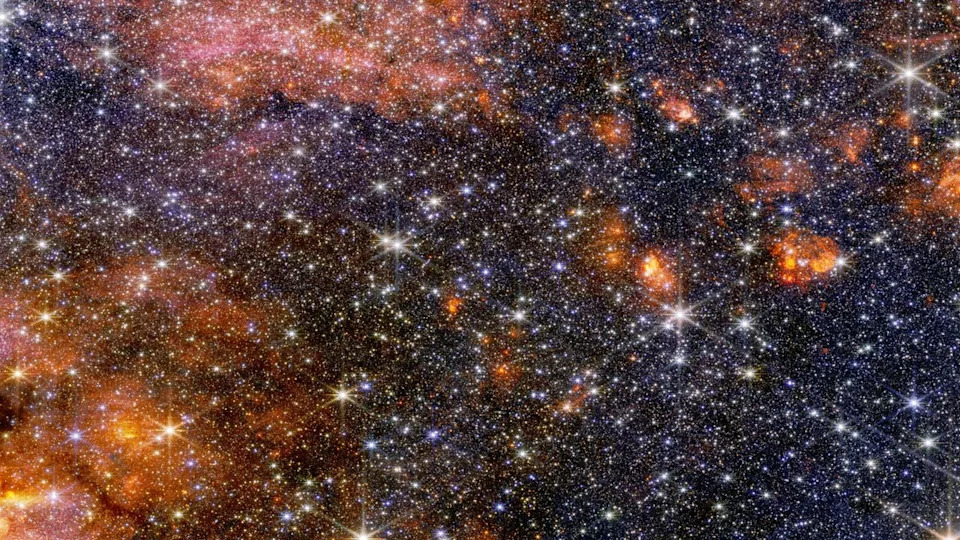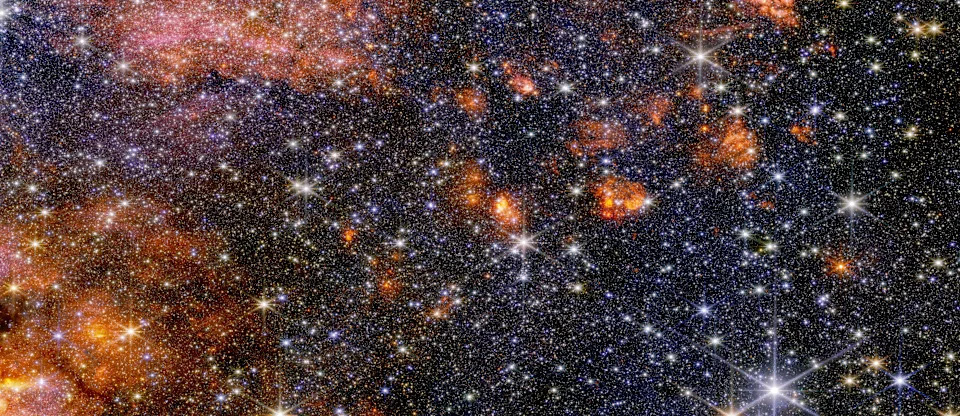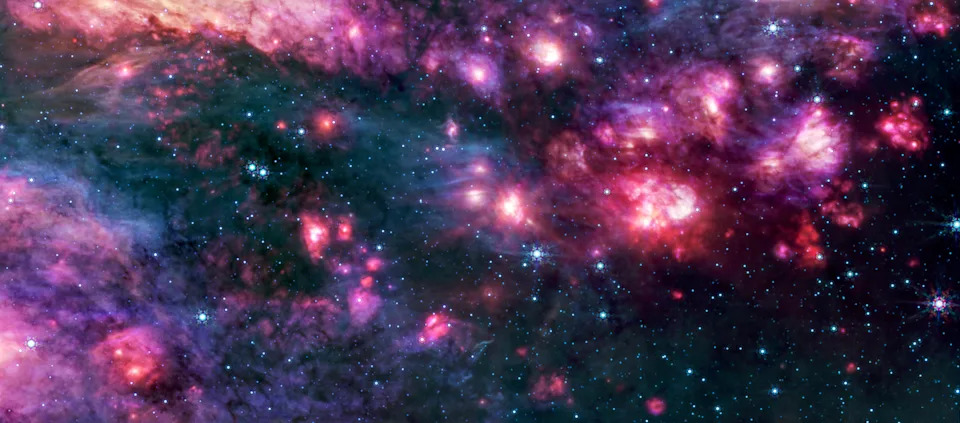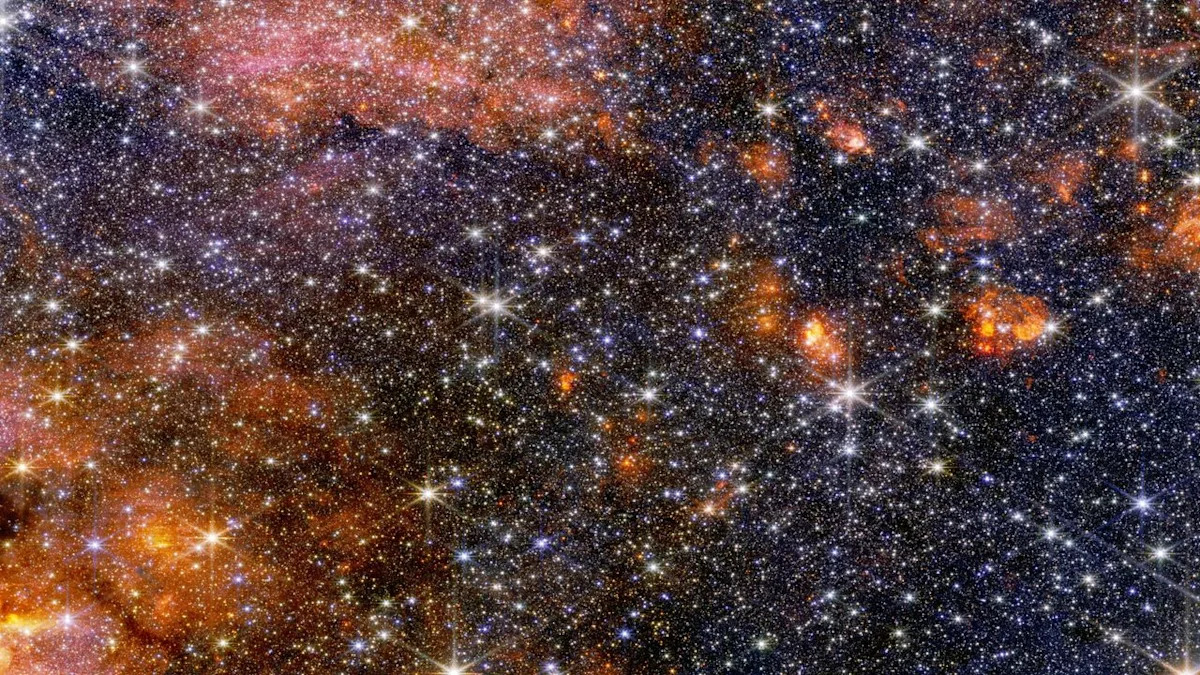When you buy through links on our articles, Future and its syndication partners may earn a commission.

The James Webb Space Telescope’s MIRI (Mid-Infrared Instrument) shows the Sagittarius B2 (Sgr B2) region in mid-infrared light. . | Credit: NASA, ESA, CSA, STScI, Adam Ginsburg, Nazar Budaiev, Taehwa Yoo; Image Processing: Alyssa Pagan (STScI)
Quick facts
What it is: Sagittarius B2 (Sgr B2) molecular cloud
Where it is: 25,000 light-years from Earth in the constellation Sagittarius
When it was shared: Sept. 24, 2025
Why it’s so special: Stars in the Milky Way galaxy are born in huge molecular clouds. The most massive is Sagittarius B2, which is just a few hundred light-years from our the galaxy’s central black hole (called Sagittarius A*). This black hole is much more bountiful than you might first think — it has 10% of the galactic center’s gas, but accounts for about half of the region’s ongoing star formation. Why star formation is so disproportionate within the galactic center region is a conundrum for scientists.
Cue the James Webb Space Telescope (JWST), which recently observed Sagittarius B2 in two wavelengths of light to help astronomers find out why. This breathtaking new image (above) of the molecular cloud comes from the JWST’s Near-Infrared Camera (NIRCam). In it, we see stars shine brightly between orange clouds of gas and dust shining in near-infrared light.
However, even within the infrared spectrum, the difference in what can be seen is considerable, as proven by another image of the cloud by the JWST’s Mid-Infrared Instrument (MIRI).

JWST’s full-size image of the Sagittarius B2 star-forming cloud | Credit: NASA, ESA, CSA, STScI, Adam Ginsburg (University of Florida), Nazar Budaiev (University of Florida), Taehwa Yoo (University of Florida); Image Processing: Alyssa Pagan (STScI)
The MIRI image is entirely different, revealing the region’s dust clouds illuminated by its stars. It shows pink and purple clouds surrounded by very dark regions studded with stars. The JWST cannot see everything:. Even its infrared vision can’t penetrate the densest clouds, which remain dark and opaque in the MIRI image. Within those regions, hidden from view, are the raw ingredients for stars.

Webb’s MIRI (Mid-Infrared Instrument) shows the Sagittarius B2 (Sgr B2) region in mid-infrared light, with warm dust glowing brightly. | Credit: NASA, ESA, CSA, STScI, A. Ginsburg (University of Florida), N. Budaiev (University of Florida), T. Yoo (University of Florida). Image processing: A. Pagan (STScI)
RELATED STORIES
Why Sagittarius B2 is so much more productive than the rest of the galactic center remains puzzling, but there are clues. On the right-hand side of the MIRI image is a very bright, red region known to be rich in molecular material. It could hold the key to why the cloud outpaces the star production of the entire galactic center, potentially reshaping theories of how galaxies grow and evolve. Scientists plan to use Webb’s new data on Sagittarius B2 to figure out how long it has been forming stars and whether a specific event triggered its prolific activity.
For more sublime space images, check out our Space Photo of the Week archives.

